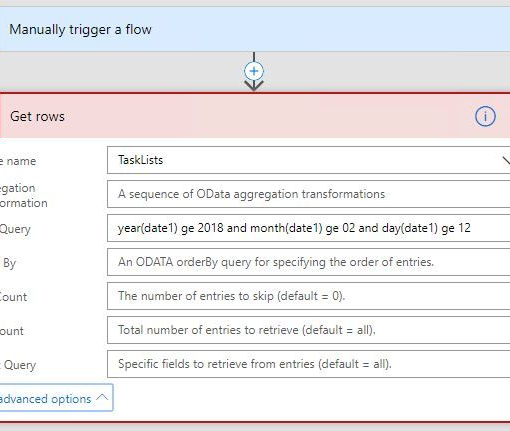What is an IDoc? (IDoc Status in SAP SD)

In the realm of SAP, an IDoc (Intermediate Document) serves as a standardized data container that facilitates the exchange of information between SAP systems or with external systems. It acts as a universal language, ensuring seamless communication and data integration. Monitoring the IDoc status in SAP SD is crucial for tracking the success or failure of data transmission, allowing for efficient troubleshooting and resolution of issues.
The Role of IDoc Status in SAP SD
Sales & Distribution (SD) is one of the core modules within SAP, responsible for managing the entire sales process from order creation to customer delivery. IDocs play a pivotal role in SD by:
- Integrating with external systems: IDocs enable SD to connect with other systems, such as ERP systems, CRM platforms, or EDI (Electronic Data Interchange) networks.
- Facilitating data exchange: They provide a structured format for exchanging data related to sales orders, customer information, delivery notes, and invoices.
- Streamlining business processes: IDocs automate the transfer of data between systems, reducing manual effort and minimizing errors.
IDoc Status in SAP SD Codes: A Breakdown
The status of an IDoc reflects its current processing state within the system. It helps track the progress of an IDoc from its creation to its final destination. There are two primary categories of IDoc Status in SAP SD:
Outbound IDoc Statuses (01-49)
- 01: IDoc generated: The IDoc has been created successfully.
- 03: Data passed to port OK: The IDoc data has been successfully transferred to the communication port.
- 06: Translation OK: The IDoc has been successfully translated into the target format.
- 10: Interchange handling OK: The IDoc has been successfully processed by the interchange system.
- 12: Dispatch OK: The IDoc has been successfully sent to its destination.
- 16: Functional acknowledgment positive: The recipient has acknowledged receipt of the IDoc and confirmed its correctness.
Inbound IDoc Statuses (50-75)
- 53: IDoc posted to port OK: The IDoc has been successfully received from the communication port.
- 60: Syntax check OK: The IDoc’s syntax has been verified and found to be correct.
- 64: IDoc posted to application OK: The IDoc has been successfully processed by the target application.
- 66: IDoc accepted: The IDoc has been accepted by the target system.
Monitoring IDoc Status
SAP provides various tools to monitor IDoc status, including:
- Transaction WE05: This transaction allows you to search for IDocs based on various criteria, such as message type, status, and destination.
- Transaction WE09: This transaction provides a detailed overview of IDoc processing, including error messages and processing times.
- IDoc monitor in SAP Fiori: The IDoc monitor in SAP Fiori offers a modern and intuitive interface for monitoring IDoc status.
Troubleshooting IDoc Errors
If an IDoc encounters an error during processing, it will typically have a status code indicating the nature of the problem. Common error scenarios and troubleshooting tips include:
- Syntax errors: Ensure that the IDoc structure and data content are correct.
- Communication errors: Verify network connectivity and communication settings.
- Application errors: Check for issues within the target application or custom code.
- Authorization errors: Ensure that the user or system has the necessary authorizations to process IDocs.
Best Practices for IDoc Management
- Regular monitoring: Monitor IDoc status to identify and address potential issues promptly.
- Error handling: Implement robust error handling mechanisms to prevent data loss and disruptions.
- Performance optimization: Optimize IDoc processing to improve system performance.
- Security: Implement appropriate security measures to protect IDoc data.
- Documentation: Maintain clear and up-to-date documentation for IDoc processes and configurations.
Conclusion
IDocs are essential components of SAP SD, facilitating data exchange and integration with external systems. By understanding IDoc status codes, monitoring IDoc processing, and following best practices, you can ensure the smooth and efficient operation of your SAP SD processes.




